Argentinosaurus
Name Origin
Lizard from Argentina
Family
Titanosauridae
Classification
Reptilia, Saurischia, Sauropodomorpha
Habitat (Discovery Location)
Argentina
Period
Approximately 100 to 93 million years ago (Early Cretaceous to Late Cretaceous)
Length
Approximately 35m (some estimates suggest 48m)
Weight
Approximately 100 tons
Diet
Herbivore (Plant-eater)
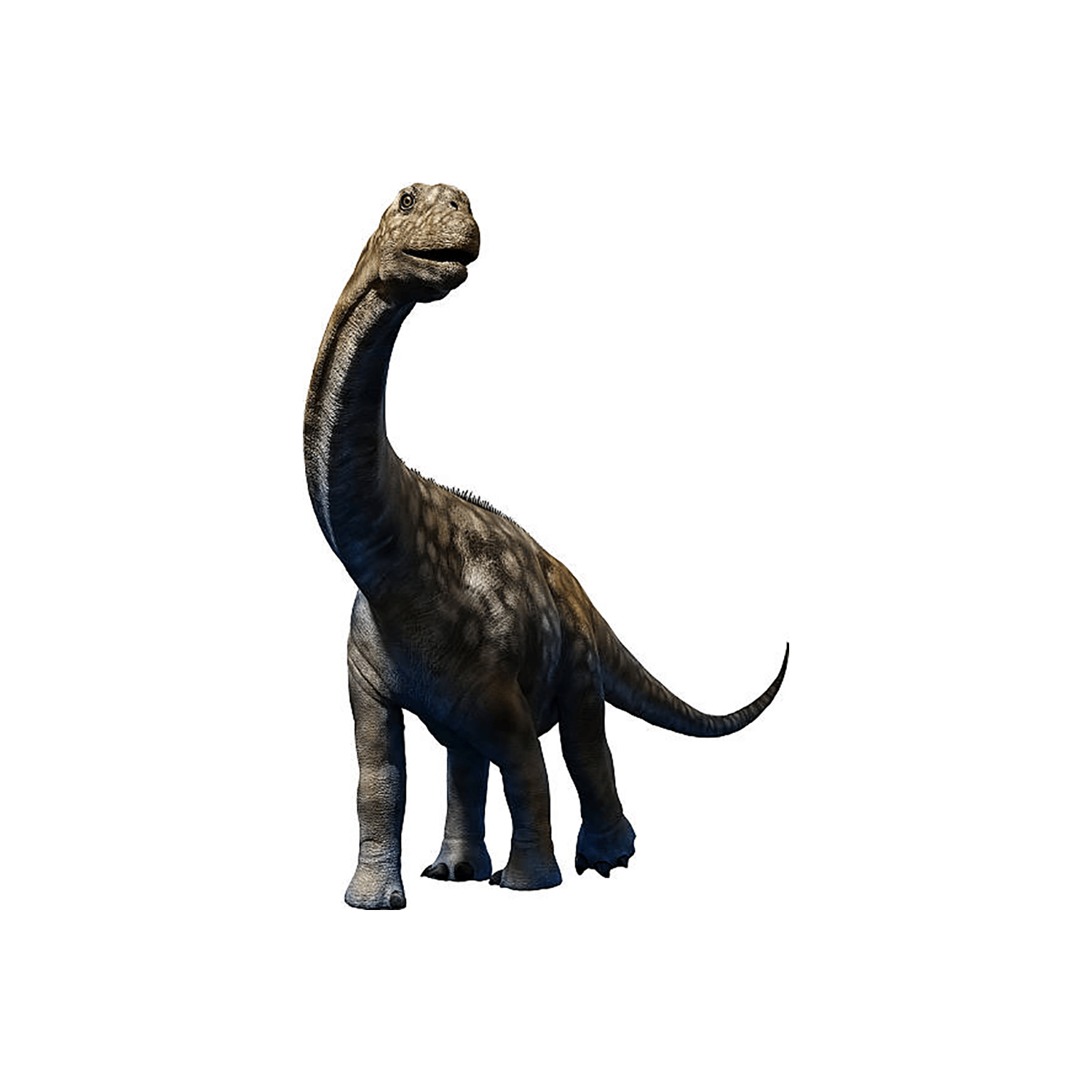


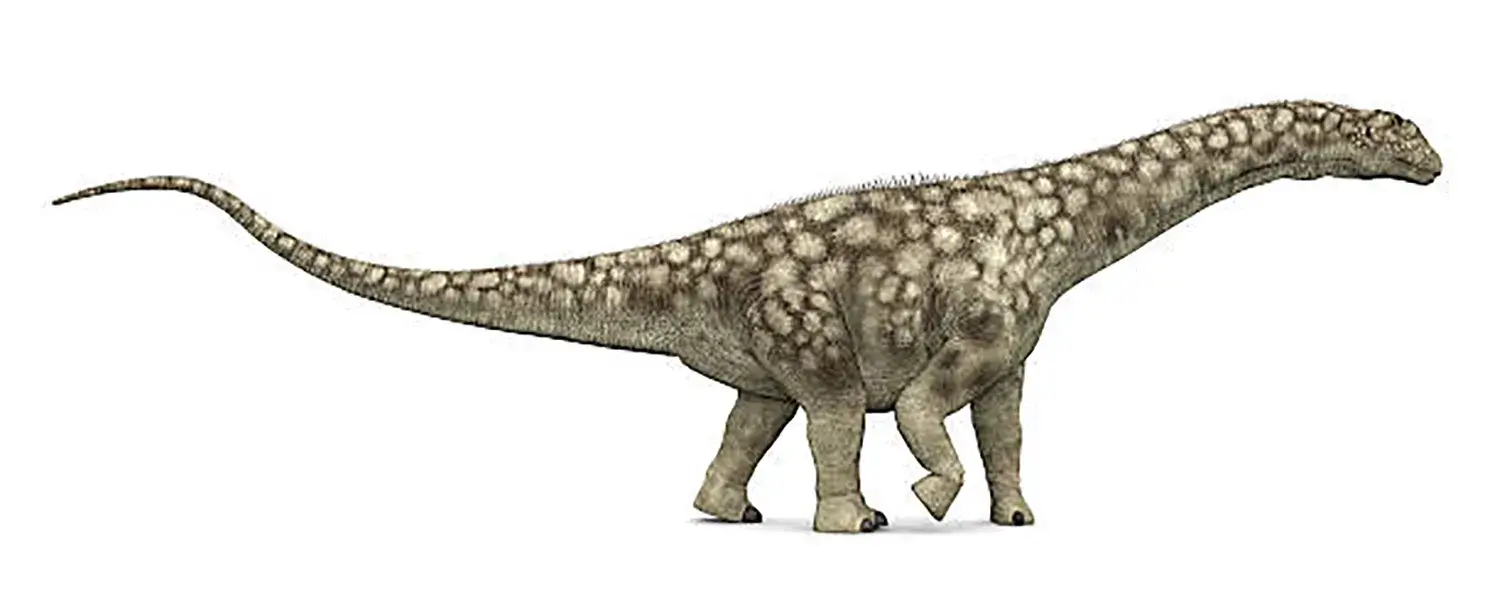

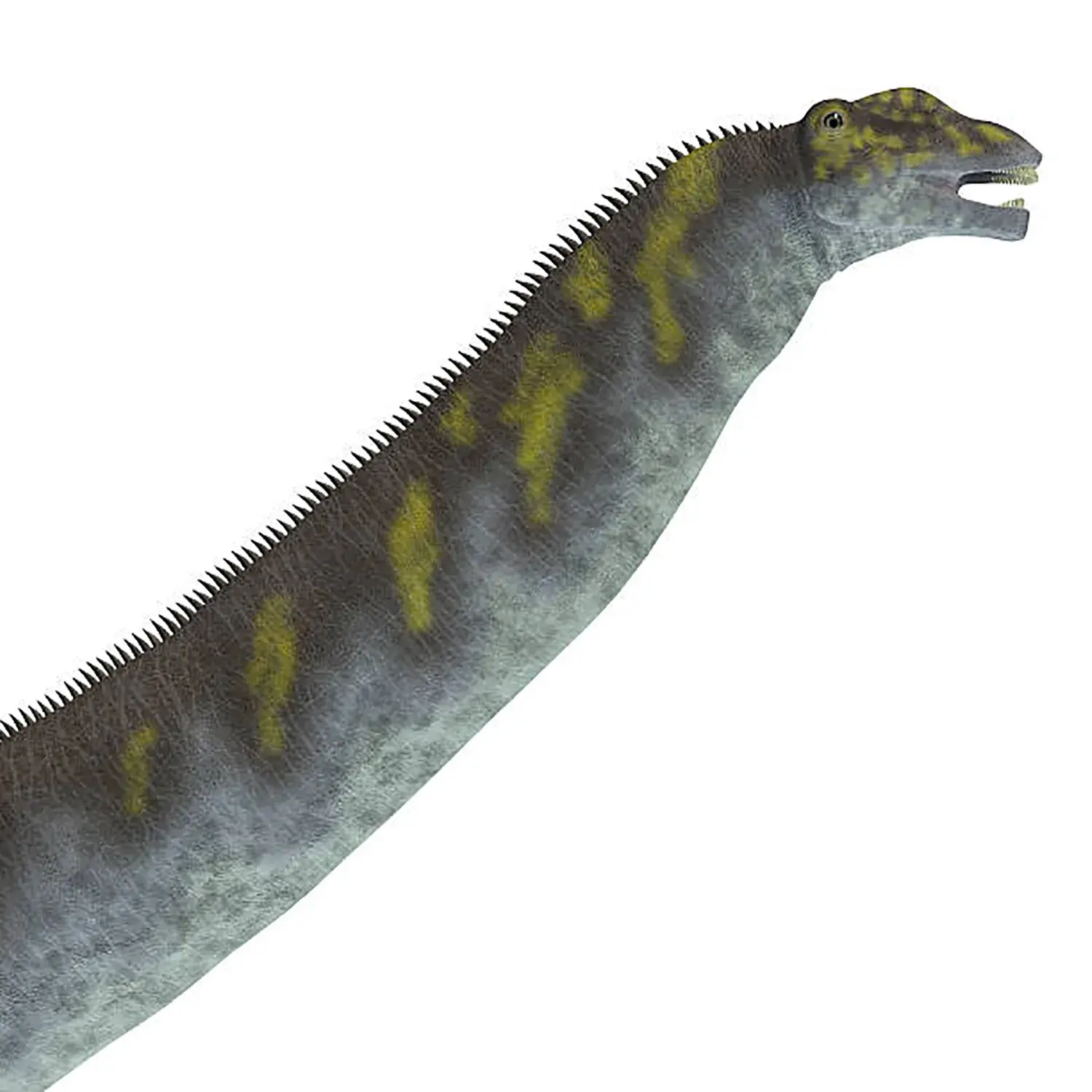

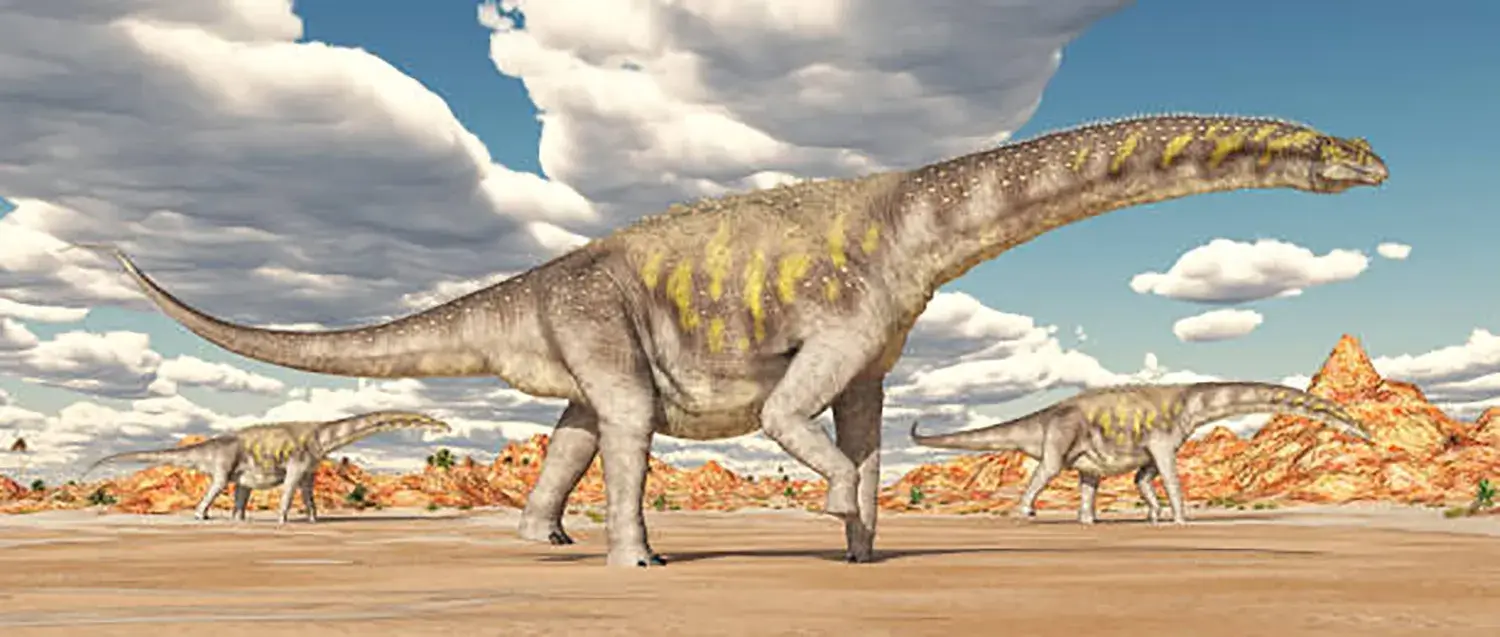

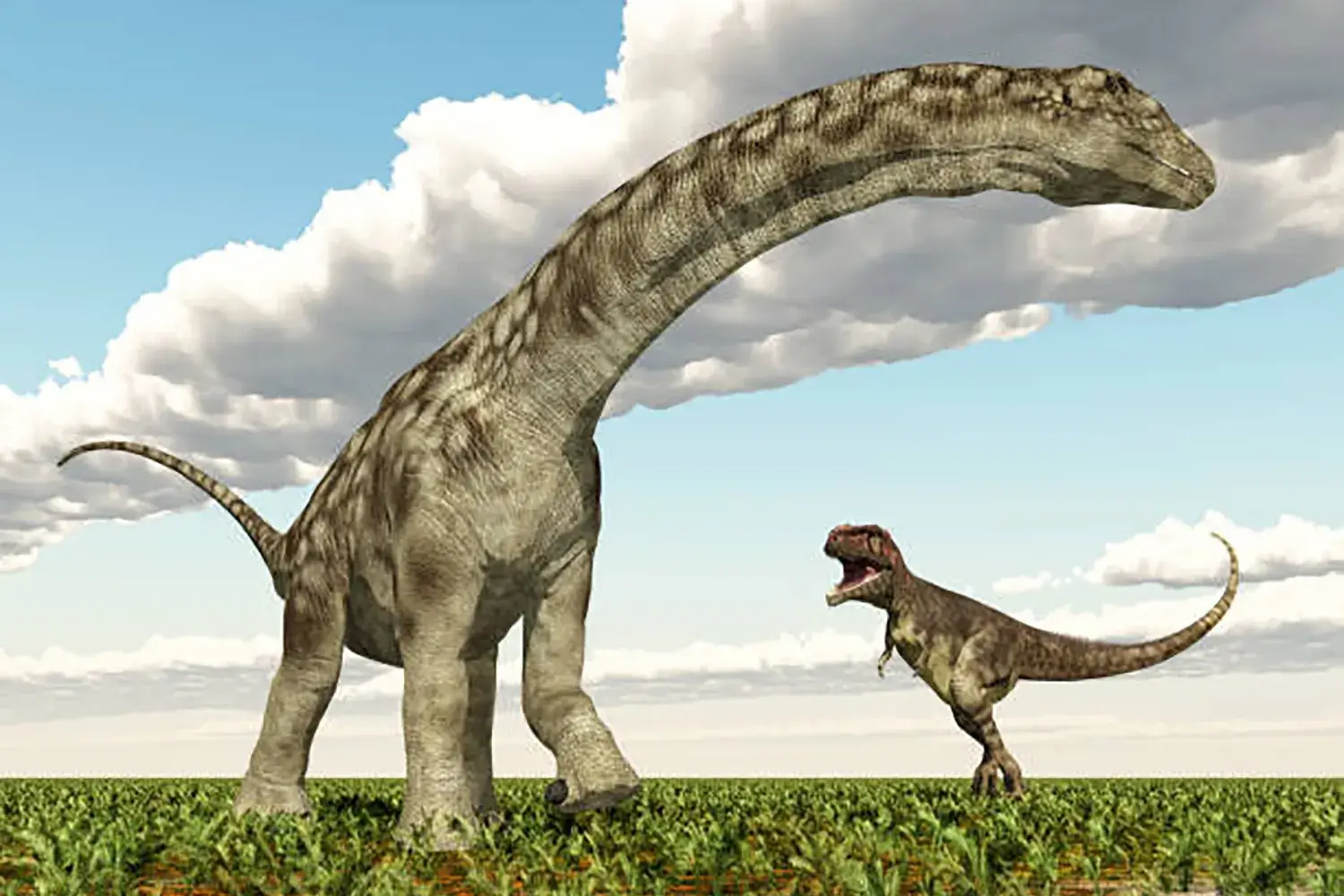
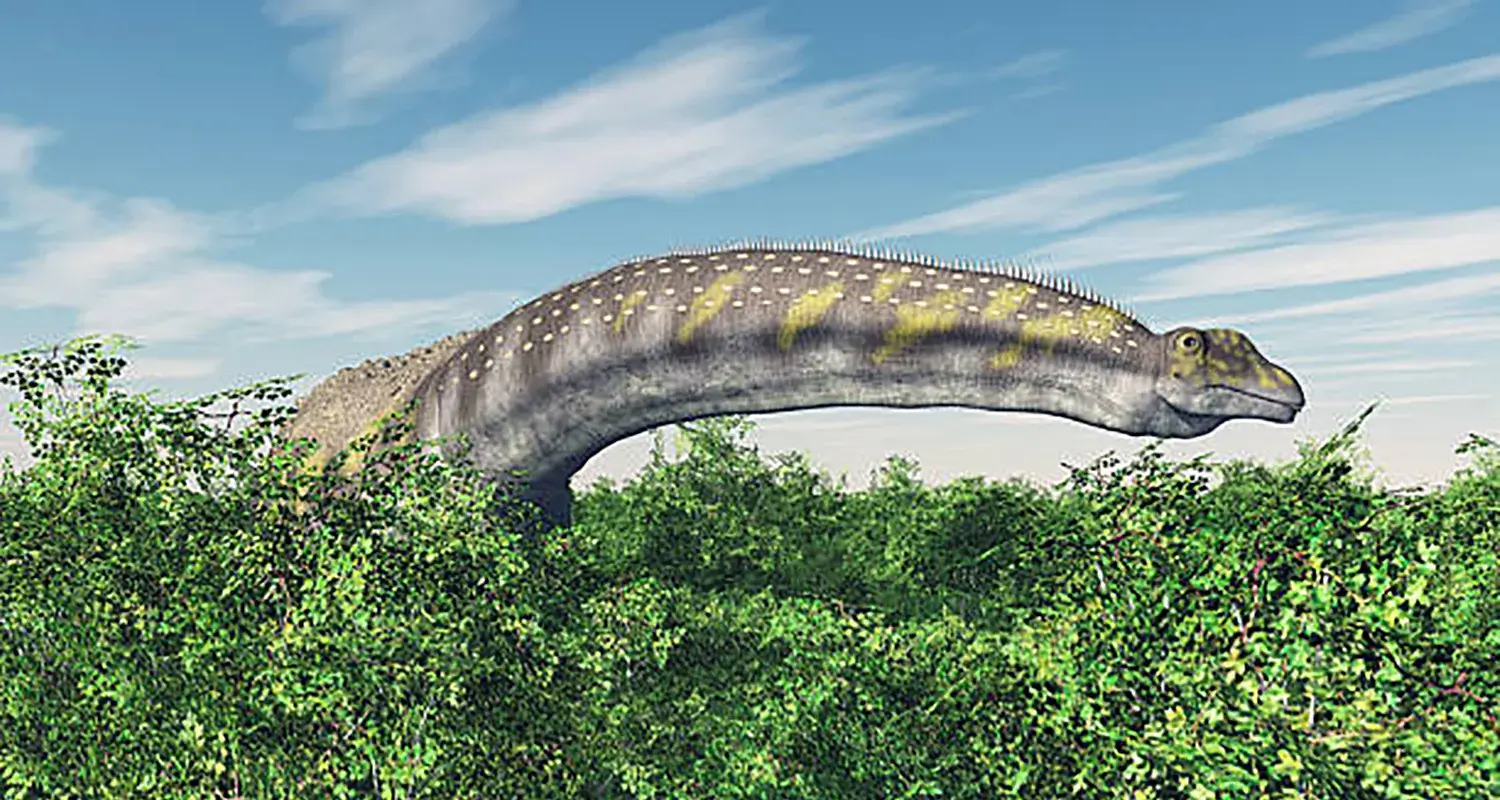

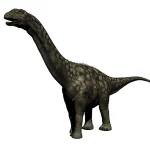
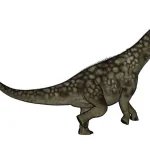
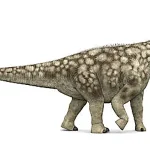
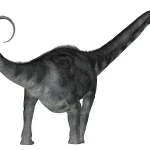
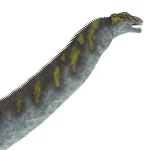
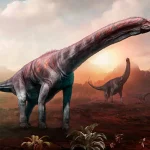

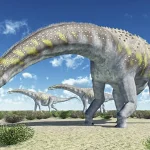
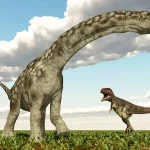
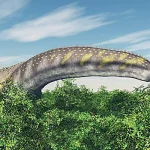
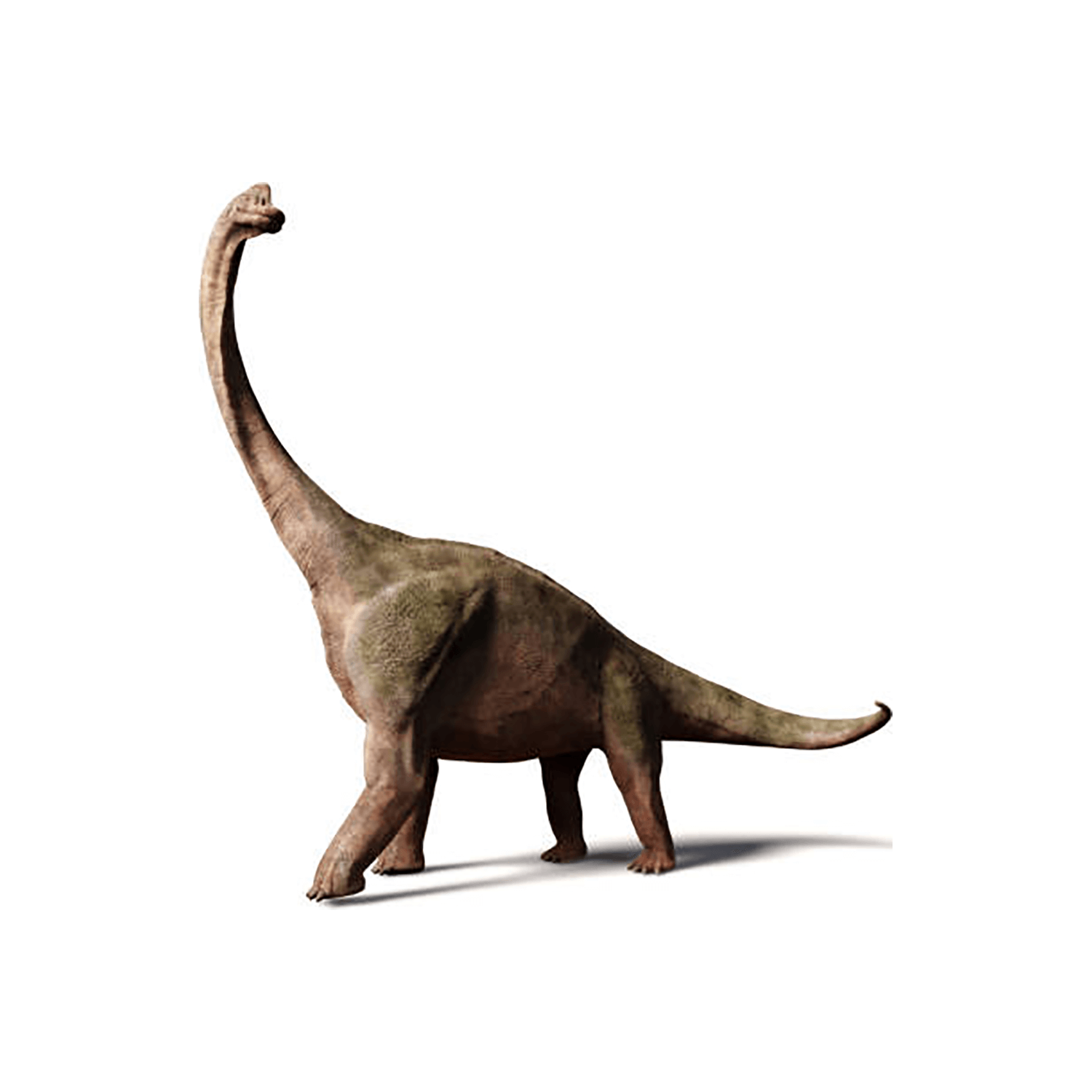
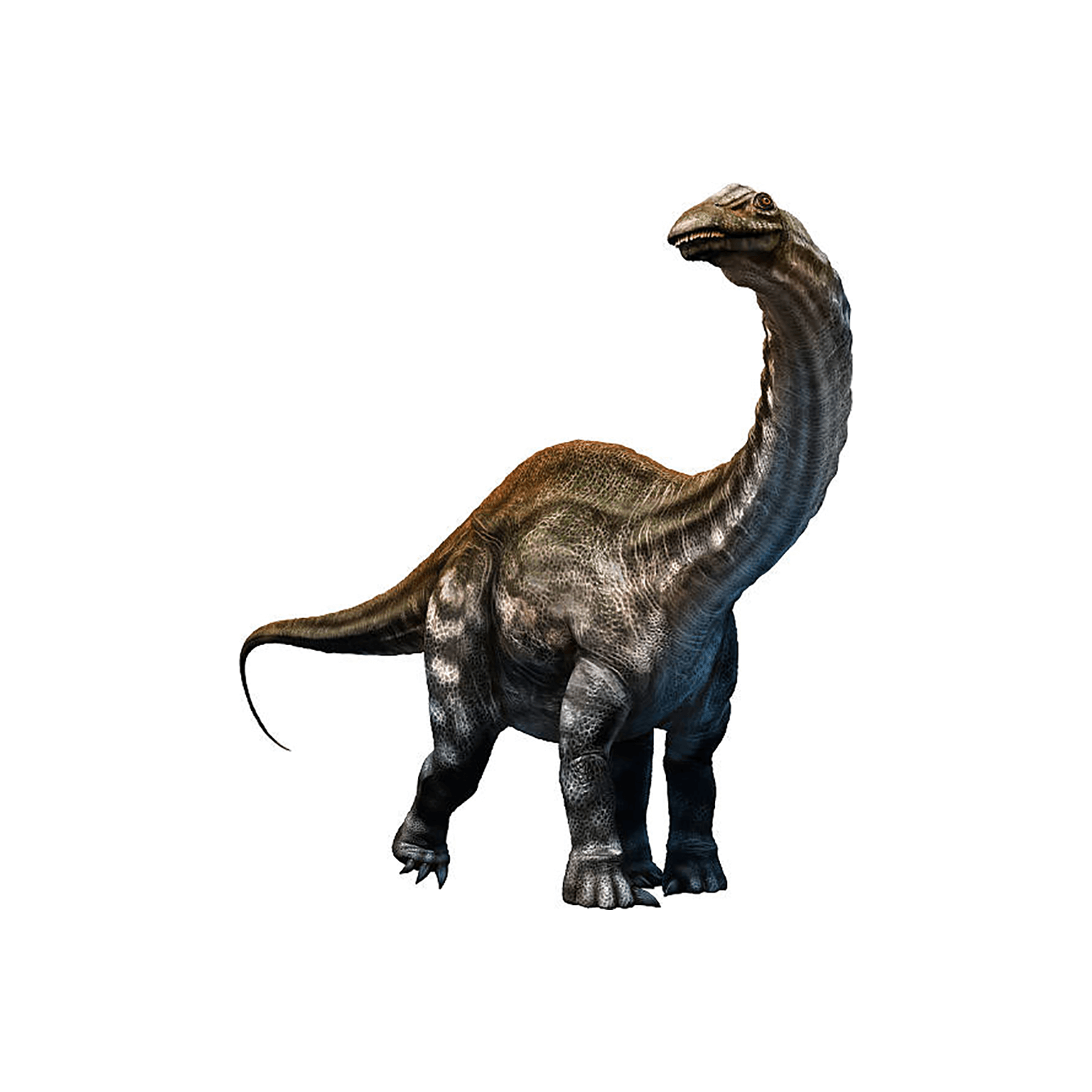

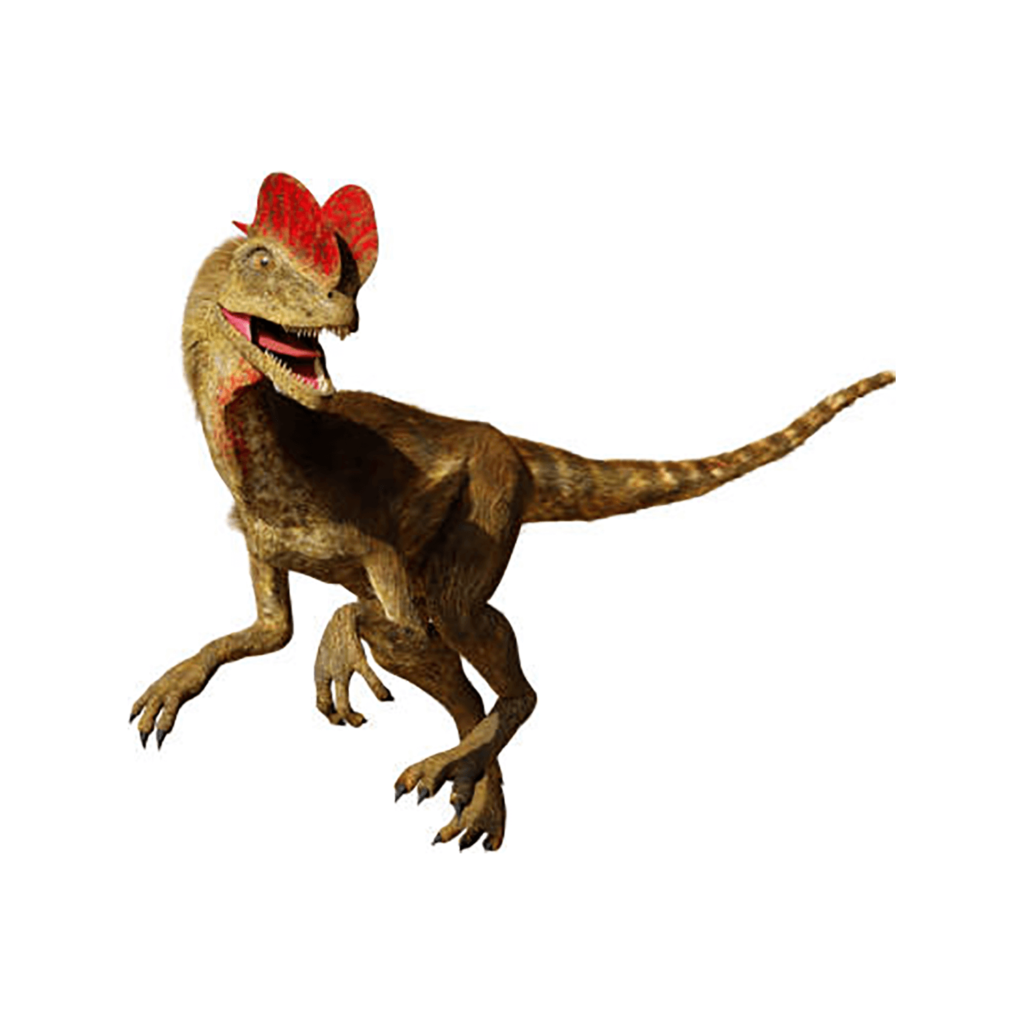

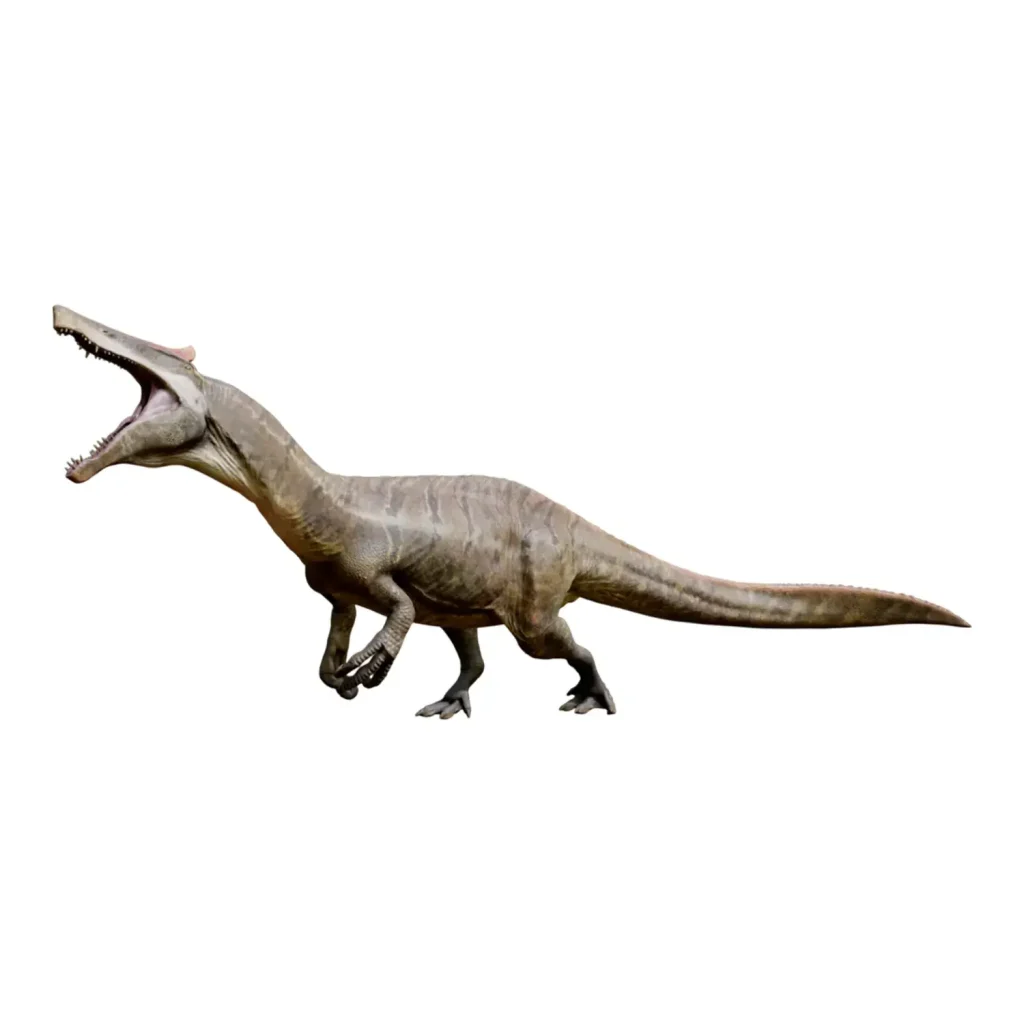
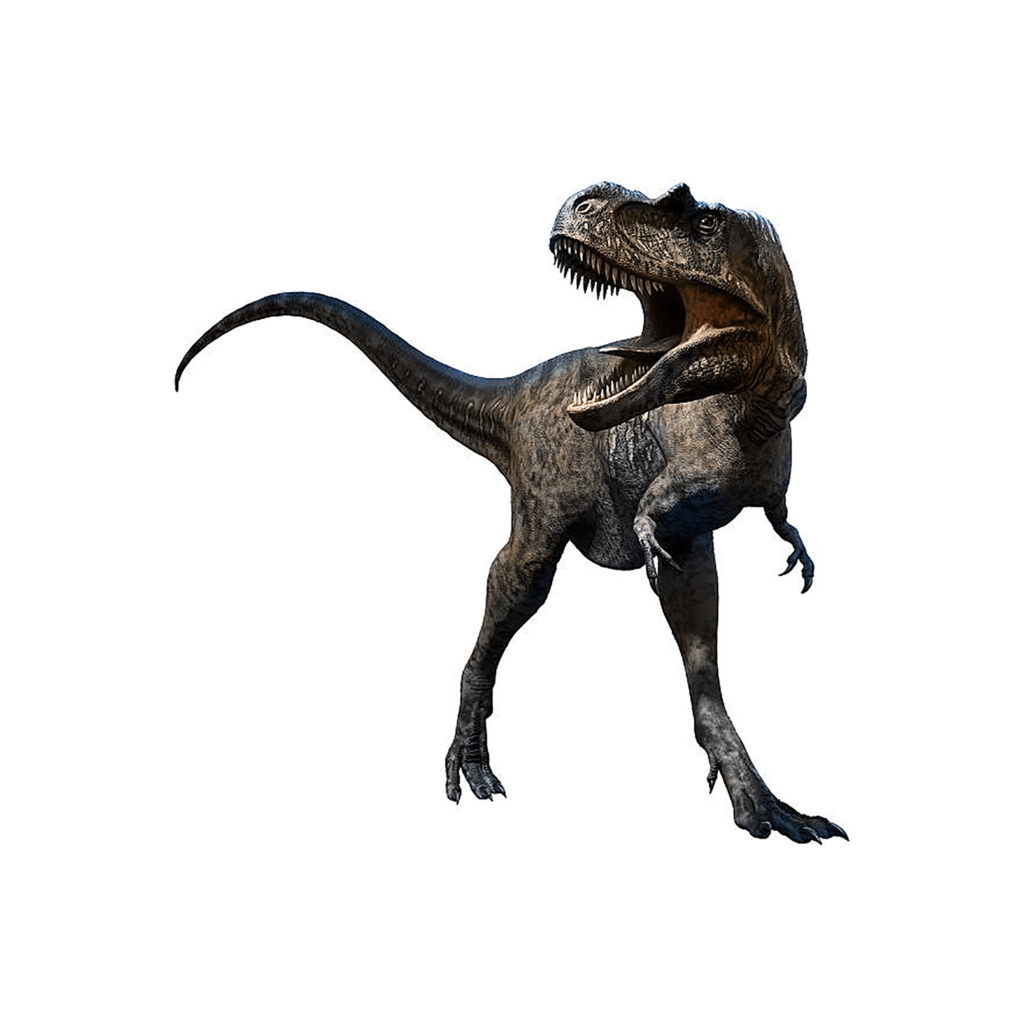













Description
Argentinosaurus was a sauropod that lived on the continent of South America during the Cretaceous period and is believed to have been the largest land animal in Earth’s history.
Its scientific name, meaning “lizard from Argentina,” was given in honor of the country where it was discovered.
While Jurassic dinosaurs like Brachiosaurus and Apatosaurus were once famous as giant sauropods, Argentinosaurus’s extraordinary size far surpassed them, causing a great shock to the paleontology community.
Believed to have been the largest land animal in Earth’s history.
The Quest for Colossal Size: The Truth Revealed by Fragmentary Fossils
The most important factor when discussing Argentinosaurus is its incredible body size.
Its estimated total length is 35 to 45 meters, with a weight of 60 to 100 tons, which is said to be equivalent to 20 modern Indian elephants.
This size far surpasses Seismosaurus (approx. 33m), which was once thought to be the longest, and Brachiosaurus (approx. 25m), and is comparable to a modern blue whale.
However, this astonishing size was estimated from a limited number of fossils.
When it was discovered in 1993 in Neuquén Province, Argentina, only very fragmentary parts were found, such as a piece of its backbone, limb bones, an incomplete rib, and a sacrum.
Nevertheless, the enormous size of these fragments was extraordinary.
A single dorsal vertebra measured 130 to 160 cm in length, and the shin bone reached 155 cm.
Some vertebrae were over 1.2 meters high.
Scientists estimated the complete picture and accurate size of Argentinosaurus by comparing and analyzing these fragmentary fossils with those of closely related species, particularly Patagotitan, for which more complete skeletons have been found.
Using this method, they derived the astonishing figures of a total length of 30 to 35 meters and a weight of 60 to 83 tons (equivalent to 10 African elephants).
In the early days of Argentinosaurus research in 1994, the renowned paleontologist Gregory Paul estimated its total length at 30 to 35 meters and its weight at 80 to 100 tons.
Then, in 2004, a skeleton specimen in an Argentine museum was used to calculate a weight of 83 tons.
While the estimates vary among researchers, all theories agree that Argentinosaurus was one of the largest land animals in history.
Its height, with its neck raised to its limit, is estimated to have been 21 meters, which would have reached the window of a fifth-floor building.
Ecology and Biological Limits Due to Its Immense Size
The gigantic body of Argentinosaurus had a significant impact on its lifestyle.
Its footsteps alone could cause the ground to tremble, and the vibrations would alert predators to its presence.
In China, “pitfall fossils” have been found, where small creatures are believed to have fallen into deep holes made by the footprints of similar colossal dinosaurs.
However, due to its extraordinary size, predators could not easily take it on.
It is believed that even large carnivorous dinosaurs like Giganotosaurus and Mapusaurus, which lived in the same region, found it nearly impossible to attack a fully grown individual.
They could only target old, weak individuals, juveniles, or cooperate in a pack.
Predators could not easily take it on.
To maintain such a huge body, a corresponding amount of food was essential.
It also required a powerful pump (heart) to send oxygen throughout its body, and the sheer size of Argentinosaurus is considered to be “the biological limit of what an animal can be on land.”
A study conducted in 2013 estimated that Argentinosaurus’s walking speed was about 7 km/h, indicating that it lived a life of leisurely and slow movement.
Secrets of Astonishing Growth and Reproduction
Argentinosaurus is believed to have taken about 40 years to reach its full size.
Research has shown that during its peak growth period, its weight may have increased by as much as 40 kilograms per day.
In 1997, a massive nesting ground was discovered in Patagonia, Argentina, where tens of thousands of Argentinosaurus egg fossils were found.
Some of the eggs contained extremely well-preserved embryos, and it was discovered that they already had a full set of teeth, which would have allowed them to eat as soon as they hatched.
Argentinosaurus is thought to have lived in vast forest and open grassland areas and migrated over long distances to find enough food.
It migrated over long distances to eat a large amount of plants.
The Patagonia region of southern Argentina where they were discovered has also been a site for the continuous discovery of other giant dinosaur fossils, including Giganotosaurus.
An Unexplained Full Picture and Future Outlook
Argentinosaurus is famous for being one of the largest land animals in history, but as mentioned, only very fragmented fossils have been discovered.
Because of this, many mysteries remain regarding its complete appearance.
In 2014, fossils of a new, massive dinosaur species that could potentially surpass Argentinosaurus in size were discovered, once again sending shockwaves through the paleontology community.
While it has not yet been formally named, this discovery has garnered attention as a finding that could challenge Argentinosaurus’s title as the “world’s largest.”
However, this does not diminish the value of Argentinosaurus.
The fact that scientists were able to deduce the existence of such a giant from a few fragmented bones is a testament to the romance of paleontology.
Even today, new fossil excavations are anticipated in Argentina, and if a complete skeleton is ever found, the full picture of this great dinosaur will be revealed, solidifying its position as the “world’s largest.”